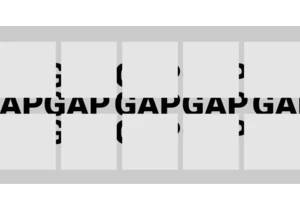This year, I learned a lot about how “old” tricks can solve a lot of modern problems if you use the right tools. Following the growth of Jamstack-style development has been both a learning experience, while also a nostalgic one. It’s been amazing to see how you can power plain ol’ HTML, CSS, and JavaScript with the rise of headless CMSes, API-driven databases, e-commerce services, and modern frameworks. I feel like the biggest hurdle that all of the different framework … Read article “What’s Old is New”
The post What’s Old is New appeared first on CSS-Tricks. You can support CSS-Tricks by being an MVP Supporter.
Login to add comment
Other posts in this group


Layout. It’s one of those easy-to-learn, difficult-to-master things, like they say about playing bass. Not because it’s innately difficult to, say, place two elements next to each other

I was playing around with scroll-driven animations, just searching for all sorts of random things you could do. That’s when I came up with the idea to animate main headings and, using scroll-driven

This is the fourth post in a series about the new CSS shape() function. So far, we’ve covered the most common commands y

Styling the space between layout items — the gap — has typically required some clever workarounds. But a new CSS feature changes all that with just a few simple CSS properties that make it easy, ye

Being the bad boy I am, I don't take Tailwind's default approach to cascade layers as the "best" one. Over a year experimenting with Tailwind and vanilla CSS, I've come across what I believe is a b

